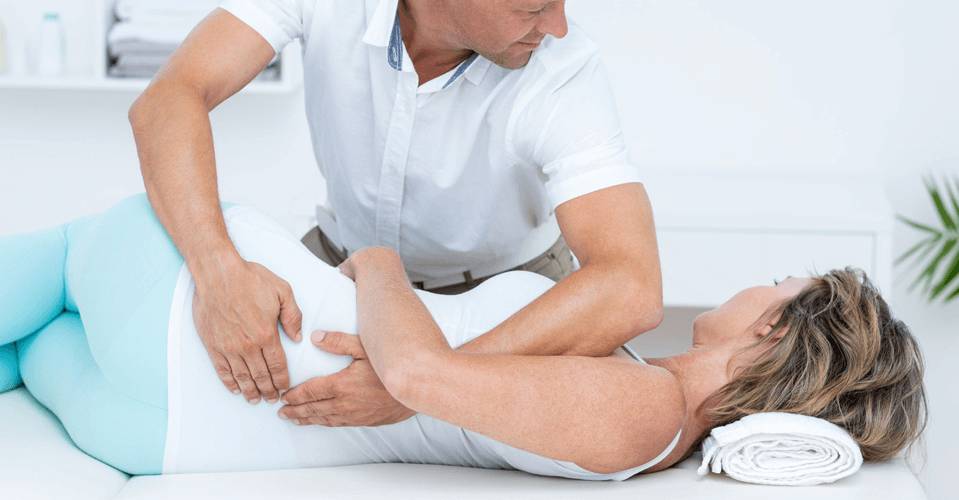
Moving beyond the discomfort of low back pain requires certain steps
Low back pain is a common issue experienced by people of all ages and walks of life. It can range from mild discomfort to debilitating pain that impairs daily activities. It is estimated that around 80% of adults will experience low back pain at some point in their lives, making it a widespread issue.
However, while low back pain can be a debilitating condition, there are certain steps that can be taken to manage and prevent it. In this article, we will explore what low back pain is, why it is so common, and what you can do to move beyond the discomfort.
What is low back pain?
Low back pain is a condition that affects the lower part of the spine, also known as the lumbar region. This area of the spine is responsible for supporting the weight of the upper body as well as providing mobility and flexibility.
There are many different causes of low back pain, including muscle strains, ligament sprains, herniated discs, arthritis, spinal stenosis, and degenerative disc disease. It can also be caused by poor posture, lack of exercise, and lifting heavy objects improperly.
Why is low back pain so common?
Low back pain is a common condition that affects people of all ages and lifestyles. There are a number of factors that contribute to its prevalence, including:
• Sedentary jobs – Many people spend the majority of their day sitting at a desk, which can lead to tight hip flexors and hamstrings, putting pressure on the lower back.
• Lack of exercise – A sedentary lifestyle can lead to a lack of physical activity, weakening the muscles that support the spine and making it prone to injury.
• Poor posture – Poor posture can put unnecessary stress on the lower back, leading to discomfort and pain.
• Aging – As we age, the discs in our spine can begin to degenerate and lose hydration, which can lead to herniated discs, spinal stenosis, and other conditions that cause low back pain.
How to move beyond the discomfort of low back pain
1. Stretching and exercise
Stretching and exercise are essential for a healthy spine and can help alleviate low back pain. Stretching can help loosen tight muscles and improve flexibility, while exercise can strengthen the muscles that support the spine. Some exercises that can be beneficial for low back pain include yoga, pilates, and swimming.
2. Good posture
Poor posture is one of the leading causes of low back pain. To improve your posture:
• Sit up straight
• Keep your feet flat on the ground
• Use a chair with good back support
• Avoid slouching
• Stand up straight, with your shoulders back and your chin up
3. Reduce stress
Stress can exacerbate low back pain, so it’s important to find ways to reduce stress in your life. Some stress-reducing techniques include:
• Meditation
• Deep breathing
• Yoga
• Massage therapy
4. Maintain a healthy weight
Excess weight puts extra strain on the spine, which can lead to low back pain. Maintaining a healthy weight can help alleviate back pain and prevent future issues.
5. Proper lifting technique
Improper lifting is a common cause of low back pain. When lifting heavy objects, remember to:
• Bend at the knees, not the waist
• Keep your back straight
• Hold the object close to your body
• Lift with your legs, not your back
6. Pain relief
If you’re experiencing low back pain, there are several pain relief options that may help:
• Over-the-counter pain medication
• Hot or cold therapy
• Massage therapy
• Acupuncture
• Chiropractic care
7. Ergonomic adjustments
Making ergonomic adjustments to your work environment can help alleviate low back pain. Some adjustments to consider include:
• Using an ergonomic chair with good back support
• Adjusting your computer monitor to eye level
• Taking frequent breaks to stand up and stretch
Low back pain can be a debilitating condition, but there are several steps that can be taken to alleviate discomfort and prevent future issues. By adopting healthy habits, maintaining good posture, and finding ways to reduce stress in your life, you can move beyond the discomfort of low back pain and live a healthier, happier life.